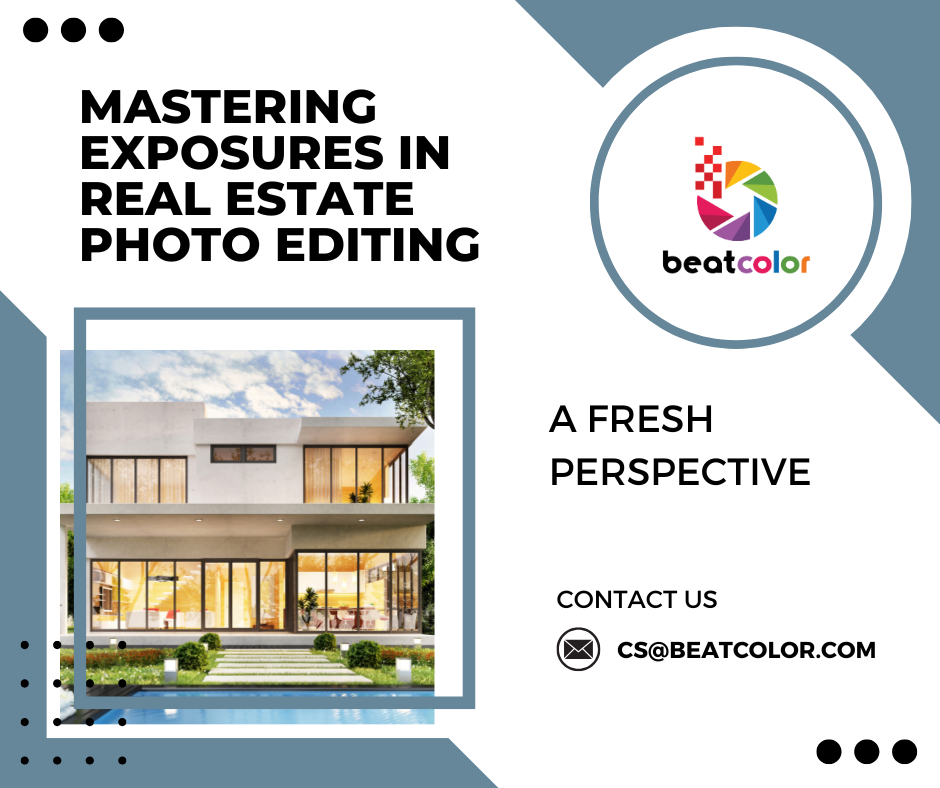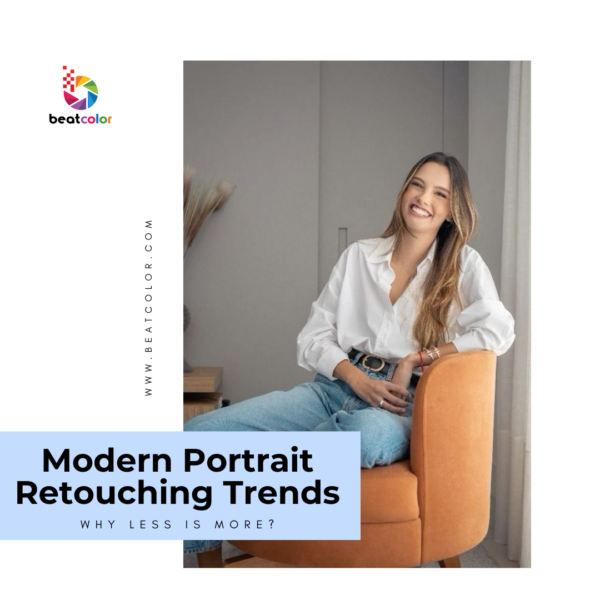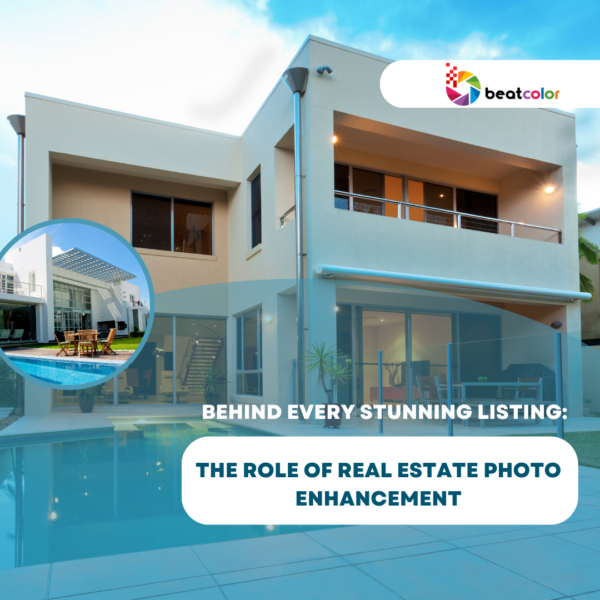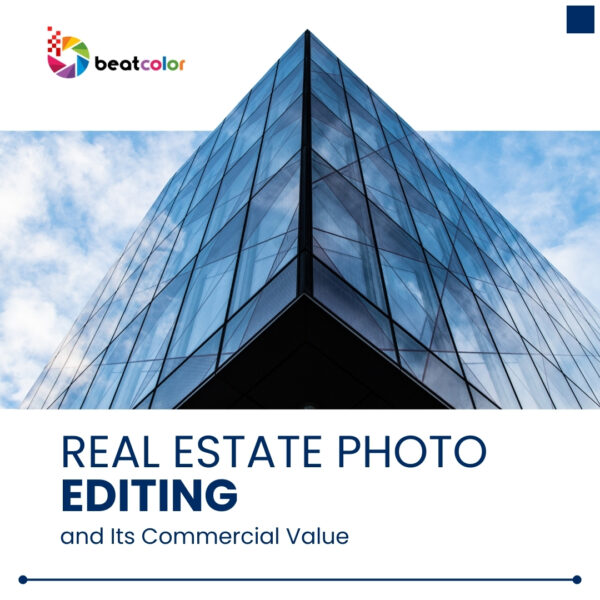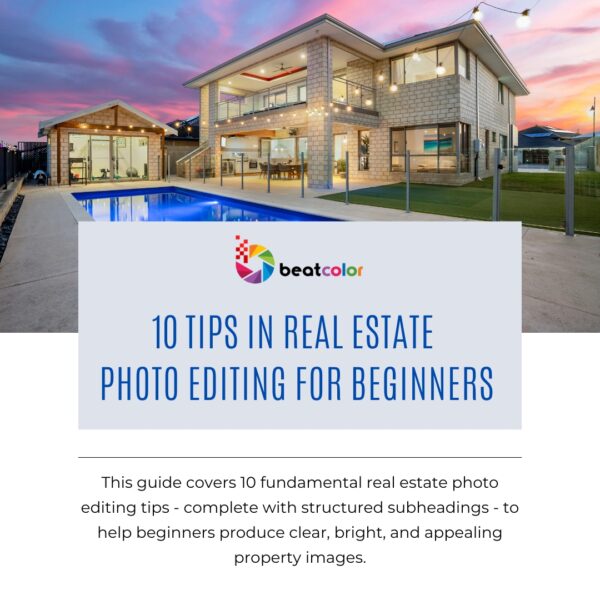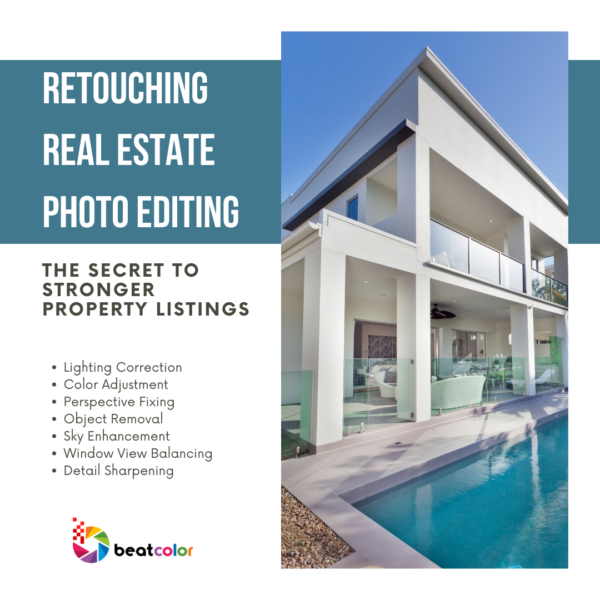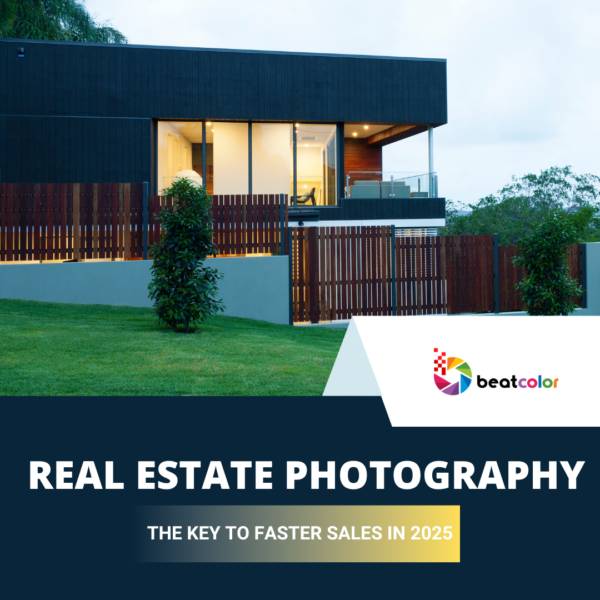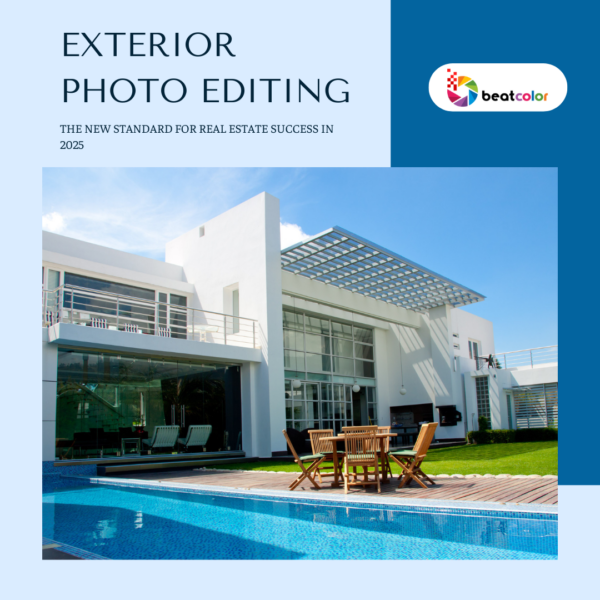Mastering Exposures in Real Estate Photo Editing: A Fresh Perspective
Exposures play a crucial role in real estate photo editing. They define how bright or dark an image appears. In a fast-paced housing market, well-exposed photos can set a listing apart.
Today’s buyers scroll through dozens of listings. Bright, crisp images capture attention instantly. Poor exposure, however, can make even the most beautiful property seem dull.
Let’s take a fresh dive into why exposures matter in real estate photo editing. We’ll also explore how editors adjust them to produce standout visuals.
What Is Exposure in Real Estate Photography?
Exposure refers to the amount of light in a photograph. It impacts clarity, detail, and overall tone.
A photo with correct exposure shows balanced brightness. Shadows, highlights, and midtones are clearly visible. In contrast, overexposed photos lose detail in bright areas. Underexposed photos appear too dark and obscure property features.
While in-camera settings help, editors often enhance exposures post-shoot. Real estate images must look vibrant without appearing fake.
Why Exposure Balancing Is Essential for Real Estate
Exposure balancing helps create uniform lighting across all photos. Consistency builds trust and creates a professional brand image.
In real estate, clients judge spaces based on photos. If the living room looks bright but the kitchen appears gloomy, they might skip the listing.
Balanced exposures guide the viewer’s eye naturally through each frame. They emphasize the property’s strengths without manipulation.
Moreover, platforms like Zillow and Realtor.com prioritize high-quality photos. Listings with better exposure typically get more views and engagement.
How Many Exposures Are Used?
Modern photographers often use bracketing, capturing multiple exposures of the same scene. Usually, three to five exposures are combined during editing.
This technique captures details in dark and bright areas. It’s especially useful in rooms with mixed lighting or large windows.
Photo editors use HDR blending to merge these exposures. The result is a vibrant, natural-looking photo that retains details throughout.
According to a 2024 survey by Photography for Real Estate (PFRE), over 72% of real estate photographers use three or more bracketed exposures for each image.
Exposure Editing Techniques Used by Professionals
1. HDR (High Dynamic Range) Merging
HDR blends several exposures into one balanced image. It helps maintain clarity in windows, ceilings, and corners.
Editors avoid the “gray cast” that old HDR methods produced. Today’s techniques use tone mapping to maintain realism.
2. Manual Blending
Manual exposure blending gives editors more control. They layer multiple exposures and selectively mask areas using Photoshop or Lightroom.
It’s time-consuming but yields precise results. For luxury listings, this method ensures every room looks magazine-worthy.
3. Exposure Adjustment Sliders
Lightroom allows exposure tweaks using simple sliders. Editors fine-tune highlights, shadows, and whites without affecting color.
This is ideal for correcting slightly over or underexposed shots.
4. Sky and Window Replacement
Sometimes, no exposure can capture both interior and exterior details. Editors replace skies or windows with separate images for better results.
In 2025, AI-assisted window replacements are gaining traction. Software like Luminar and Photomatix automate parts of the exposure process.
Spotlight: BeatColor’s Exposure Blending Expertise
At BeatColor, blending exposures is more than a technique—it’s our specialty.
We take multiple bracketed shots and merge them using precise manual blending and HDR methods. Our team ensures each photo looks vivid, realistic, and balanced from edge to edge.
By combining the right exposures, we highlight architectural features, enhance natural light, and eliminate distracting shadows. This gives potential buyers an immersive visual experience.
Our editors handle every detail with care—from window pulls to accurate lighting correction. Whether it’s a modern condo or a cozy cottage, our exposure blending brings out the best in every room.
Thousands of real estate agents and photographers worldwide trust BeatColor to deliver consistent, high-quality results—on time and within budget.
As real estate markets grow more competitive, our advanced exposure techniques help listings stand out, sell faster, and attract serious interest.
The Role of AI in Exposure Correction
AI editing tools are changing the game. They detect uneven exposures and apply targeted corrections instantly.
For instance, Topaz Photo AI adjusts exposures while preserving image quality. Real estate companies use these tools to scale photo production.
A Statista report shows a 19% rise in AI-based editing adoption among U.S. real estate firms from 2023 to 2024.
Still, human editors refine the final output. They ensure exposures look natural and flattering for the specific listing.
Common Mistakes When Adjusting Exposures
Even seasoned editors make exposure errors. Here are a few to avoid:
- Overusing HDR: Leads to unnatural or cartoonish results.
- Ignoring white balance: Can throw off exposure accuracy.
- Losing details in shadows or highlights: Poor masking or bracketing causes this.
- Inconsistent exposure across photo sets: Hurts listing cohesion.
To avoid these issues, use a calibrated monitor and review each image thoroughly.
How Exposures Influence Buyer Perception
Properly exposed photos can make rooms look spacious and inviting. On the flip side, poor exposure makes them feel cramped.
A Redfin study found that listings with bright, evenly lit photos sold 21% faster in 2024 than listings without.
Exposure editing also helps showcase textures. Hardwood floors, granite countertops, and detailed moldings appear clearer.
Buyers rely on these visuals to assess property quality. Thus, good exposure editing subtly adds perceived value.
Best Practices for Real Estate Exposure Editing
To wrap things up, here are tips for editors and agents alike:
- Shoot in RAW: Gives more flexibility in exposure correction.
- Use a tripod: Keeps bracketed exposures aligned.
- Capture at least three exposures: Under, over, and normal.
- Maintain consistent brightness throughout the photo set.
- Avoid extreme edits: Aim for realism, not drama.
- Hire skilled editors: Especially for luxury or high-value listings.
Final Thoughts
Exposure editing isn’t just technical—it’s emotional. It sets the tone for how potential buyers feel about a home.
In today’s market, visuals speak louder than descriptions. A single well-lit photo can win a buyer’s heart.
By mastering exposure techniques, editors help real estate professionals tell compelling visual stories.
At BeatColor, we make sure each image reflects the true value of the property. Your listings deserve nothing less.
Read more:
Flambient Real Estate Photography: Investment Cost and Service Value
The Best Photo Editing Programs You Should Try in 2025
Camera Setting for Twilight Real Estate Photography: A Modern Photographer’s Guide


